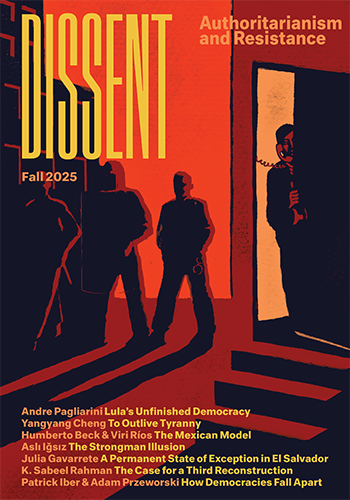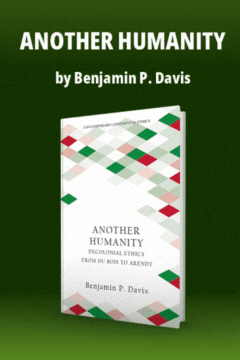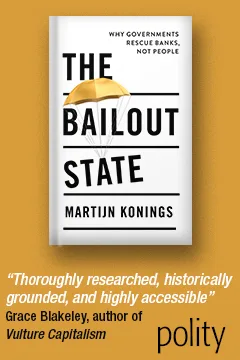In 1956 about two out of every three Americans lived in a metropolitan area. The greatest growth since 1950, however, was not in the central cities themselves, but in the surrounding country. Fully half of the increase occurred in territory …
In New York City Robert Moses is the most prominent exponent of the credo that the end justifies the means; that he, “the great doer” always knows best; that the public should shut up, or in any event not be …
The giant city of today lives by a miracle: it survives contradictions of policy and endless administrative improvisations. But if its life is miraculous, then its decline, even its terminal illness, is not at all impossible. And in the pathology …
The Housing and Redevelopment Board has replaced Robert Moses’s Slum Clearance Committee, and a new order has been proclaimed for the on-going work of tucking in New York’s residential shirt tails. Robert Moses, who now deals only with sovereign nations, …
By June 30, 1960, the New York City Housing Authority had become the country’s largest landlord, housing some 567,000 lower-class tenants in 109 projects. Anyone who has visited some of these projects, however, knows that the problem of slums in …
Growing up in New York during the thirties meant, for me, the Jewish slums of the East Bronx, endless talk about Hitler, money worries of my parents migrating to my own psyche, public schools that really were schools and devoted …
Elizabeth She was a big blousy red-headed woman with a good-natured face and eyes that squinted at you between long lashes. She was goodlooking in her way, but the day she came in to us she was filthy from sleeping …
In 1956, the Regional Plan Association, a non-profit research agency, asked the Harvard School of Public Administration to conduct an economic and demographic survey of the New York metropolitan region—a 7,000-square-mile, 22-county complex that, with its core, inner ring, and …
I sing of the city revived. Citizen, I cry to you in favor of integration and municipal reconstruction. It is time that you reckoned up the cost of your own follies. Consider: a city wasted at the guts like present-day …
WEEKEND IN DINLOCK, by Clancy Sigal. Houghton Mifflin Co. 197 pages, 1960. THE WAR IN ALGERIA, by Jules Roy. Grove Press. An Evergreen Target Book. 128 pages, 1961. Here are two books—neither very large—both fitting quite easily into the pocket …
THE ALIENATED VOTER, by Murray B. Levin. Holt, Rinehart and Winston. Political poll-takers have asked the American people many questions in their years of investigation, but seldom have they tried to find out what the American people think about politics …
RESISTANCE, REBELLION, AND DEATH, by Albert Camus. Knopf. By comparison with the work of men like Koestler, Silone and Orwell, Albert Camus’ writing has always seemed to me somewhat grandiose and porous. He lacked Koestler’s capacity for sustained argument, Silone’s …
David Carper derides the “fashionable fallacies” of those who “dissent against unions” but he has compiled a bulging anthology of his own. Consider his comments on union democracy. It is false, all false, he argues, that “unions are less democratic …
After every close presidential election, the stage is set for an inquest: one can count on debates, congressional investigations, learned letters in The New York Times, elaborate outbursts of anal scholarship, all concerned with the poor old Electoral College. From …
This is the age of the White Jew. I have come to resent, if only because of their number, the hordes of outsiders who clamor fox admission to the clan. It is sad but true that this year everyone chooses …







